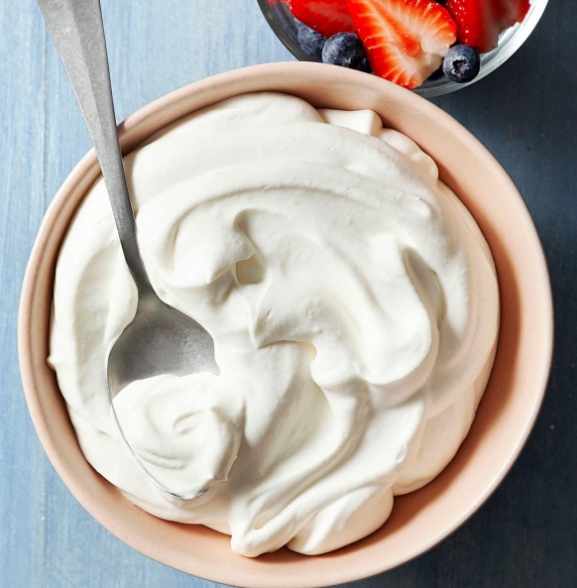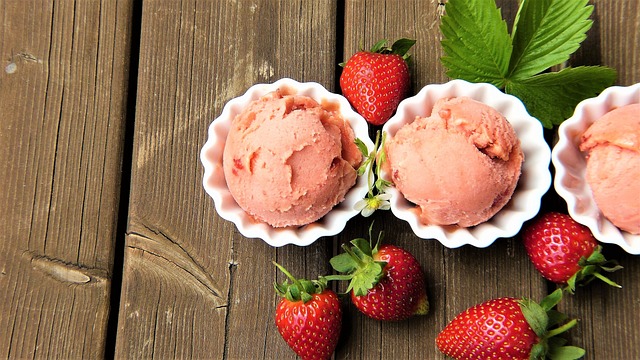
When a light foam of cream is sprayed or a cold drink shows a smooth mousse, a subtle element works behind the scenes: nitrous oxide. As a food additive, nitrous oxide doesn’t just add texture and visual appeal to culinary creations—it also preserves freshness and natural flavor. This gas easily delivers a creamy texture, giving desserts, cold drinks, and even inventive molecular gastronomy a unique charm.
This small amount of gas offers so many applications, thanks to its efficient whipping power, freshness-extending properties, and innovative role in molecular cooking. However, the use and storage of food-grade nitrous oxide must also follow strict safety standards to ensure that great taste is paired with health.
Next, we will reveal how nitrous oxide brings out extraordinary effects in whipped cream, molecular cuisine, and dairy products, and explore its advantages and safety as a food additive.
Advantages of Nitrous Oxide
Efficient Whipping and Light Texture
Nitrous oxide dissolves quickly into liquid cream or other ingredients during the whipping process, making it highly effective. When cream is sprayed from a whipping canister, nitrous oxide is released from the liquid, creating a delicate foam structure that gives cream and foods a light, airy texture. This process is gentler than other gases like carbon dioxide, so it won’t add any sour or bitter taste.

Extended Freshness and Natural Flavor Preservation
As an inert gas, nitrous oxide is excellent for food preservation. It doesn’t react with other ingredients, effectively reducing oxidation that can impact flavor and texture. For creams and foamy drinks, nitrous oxide extends freshness while avoiding the off-flavors that oxidation can bring, keeping taste natural and appealing.
Ease of Storage and Efficient Use
Food-grade nitrous oxide typically comes in compact gas cartridges, making it easy to store and handle. Chefs and food preparers can use nitrous oxide precisely as needed for food preparation. This user-friendly feature is ideal for quick service in restaurants and brings a fresh twist to home cooking, offering an exciting culinary experience.
Common Applications
Whipped Cream and Cold Beverages
One of the most popular uses of nitrous oxide is in whipped cream dispensers. Nitrous oxide, with its inflating effect, transforms liquid cream into light, fluffy whipped cream that’s perfect for cake toppings, cold drink garnishes, and more. Additionally, nitrous oxide is widely used in cold beverages, helping to create smooth textures in milkshakes, mousses, and other cream-based drinks, enhancing the drink’s richness and mouthfeel.

Molecular and Innovative Cuisine
Thanks to its inert properties and unique foaming ability, nitrous oxide has become a staple in molecular gastronomy. Chefs use nitrous oxide to create foams from various ingredients, from delicate fruit and vegetable mousses to frothy fresh juices, offering a revolutionary food experience. In molecular dishes, nitrous oxide also preserves the natural color, flavor, and texture of ingredients, adding an element of creativity and intrigue to innovative cuisine.
Light Texture in Dairy and Desserts
In dairy and dessert production, nitrous oxide helps create a soft, airy texture. When used in items like cheeses, ice creams, or dairy mousses, it imparts a smooth and delicate mouthfeel, reducing the product’s density and giving desserts a more enjoyable, lighter taste. This airy effect is especially popular in premium desserts and frozen foods, adding appeal and elegance to high-end treats.

Nitrous Oxide Operation and Safety Guide
Nitrous oxide is primarily used in the food industry for whipping cream, making mousses, and creating foams. Though it’s simple to operate, achieving the best results and ensuring safe use calls for some specific guidance on equipment, steps, and storage.
Necessary Equipment
When using nitrous oxide, you generally need a whipped cream dispenser or a gas sprayer. A whipped cream dispenser holds a measured amount of cream or other liquid, then relies on nitrous oxide to pressurize and create the desired whipped or foamed texture. Gas sprayers work with various liquids, delivering an even, fine foam spray. For professional culinary or restaurant use, high-quality stainless steel dispensers ensure both stability and safety for best results.
Usage Steps and Proportion Guide
For optimal results, follow these steps:
- Add the Liquid: Pour an appropriate amount of cream or liquid into the dispenser. Be sure not to exceed the maximum capacity, as indicated on the dispenser.
- Attach the Gas Canister: Insert a nitrous oxide canister correctly into the dispenser and ensure a secure seal. Typically, one 8-gram canister of nitrous oxide can whip about 0.5 liters of cream.
- Shake and Cool: Shake the dispenser several times to let the gas mix evenly with the cream, then place it in the refrigerator for 10-15 minutes to enhance foaming.
- Dispense the Cream: When ready, aim the nozzle at your container or dish, then press the handle lightly to release the whipped cream in a fine foam. Adjusting the amount of gas can impact the foam texture; generally, an 8-gram canister pairs well with 0.5 liters of liquid, though you may adjust as needed.
Storage Conditions and Safe Handling
Proper storage is essential to keep nitrous oxide safe and stable:
- Canister Storage: Food-grade nitrous oxide should be stored in designated steel canisters, separate from other gases. Store them in a cool, dry, and well-ventilated space to avoid heat and humidity, as high temperatures can increase internal pressure and present a safety risk.
- Temperature Control: Keep canisters at temperatures below 20°C, away from open flames or heat sources, to prevent any risk of overheating.
- Avoid Impact: Handle canisters gently and avoid impacts that could cause leakage. Try to avoid releasing empty canisters without purpose, as this can cause pressure issues.
Nitrous Oxide as a Food Additive: Safety and Regulatory Standards
Is Nitrous Oxide Safe to Use? Does It Have Health Effects?
In general, food-grade nitrous oxide used in food preparation poses no direct health risks with short exposure or in small amounts. However, in extremely cold settings, nitrous oxide can vaporize quickly, and breathing in high concentrations may cause suffocation or put stress on the respiratory system. For this reason, it’s important to use only small amounts in food and to handle and store it carefully.
For those who work in environments where they may be exposed to higher concentrations of nitrous oxide over time, possible effects on the nervous system can occur. Thus, food processing staff should follow industry guidelines, use proper ventilation, and have suitable safety equipment to minimize any unnecessary high concentration inhalation. In foods that use whipped nitrous oxide, residual gas is nearly non-existent after processing, so there is minimal risk to consumers.
Food-Grade vs. Industrial-Grade Nitrous Oxide: Ensuring Compliance with Food Standards
Food-grade and industrial-grade nitrous oxide differ significantly in terms of purity and manufacturing standards. During production, food-grade nitrous oxide goes through extensive refinement to remove any harmful impurities, meeting rigorous food safety standards. Industrial-grade nitrous oxide, used for non-food purposes, may contain substances unsuitable for ingestion.
To be sure you’re purchasing food-compliant nitrous oxide, check for food-grade labeling and buy from reputable sources and certified brands. Top-quality food-grade nitrous oxide usually includes ISO food safety or FDA certifications, ensuring product safety and compliance.
Conclusion
With its unique properties, nitrous oxide continues to expand the creative potential of cuisine. Classics like whipped cream or innovative molecular gastronomy dishes achieve enhanced textures and smooth flavors with its use. Our Cream buffet nitrous oxide chargers meet ISO and FDA certification standards, guaranteeing reliable, safe quality, and professional support for your culinary creations. If you’re looking to bring new texture and inspiration to your dishes, feel free to contact us to learn more. We also offer custom flavors to add a touch of personalization and diversity to your culinary creations.